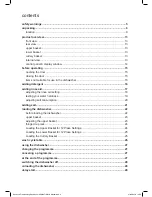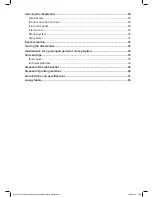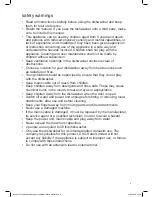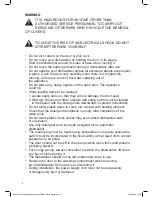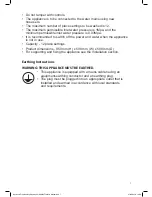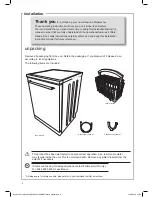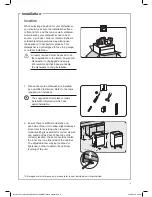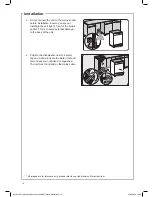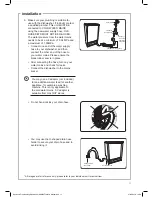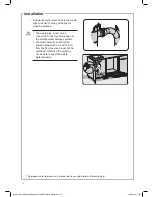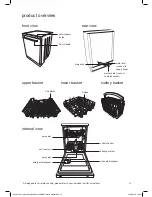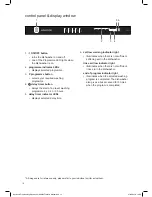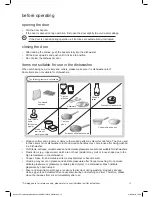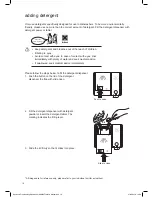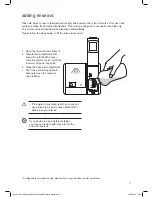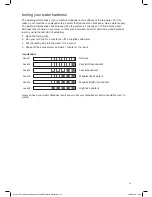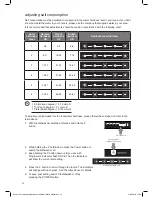
6
WARNING
IT IS HAZARDOUS FOR ANYONE OTHER THAN
AUTHORISED SERVICE PERSONNEL TO CARRY OUT
SERVICING OF REPAIRS WHICH INVOLVE THE REMOVAL
OF COVERS.
TO AVOID THE RISK OF AN ELECTRICAL SHOCK DO NOT
ATTEMPT REPAIRS YOURSELF.
• Do not sit or stand on the door or dish rack.
• Do not move your dishwasher by holding the door or its edges.
Hold the dishwasher around its sides or base when moving it.
• Do not touch the heating element during or immediately after use.
• Do not operate your dishwasher unless all enclosure panels are properly
in place. Open the door very carefully when there is a programme
running, as there is a risk of hot water spraying out of
the appliance.
• Do not place any heavy objects on the open door. The appliance
could tip.
• When loading items to be washed:
1. Locate sharp items so that they will not damage the door seal;
2. Warning: Knives and other utensils with sharp points must be loaded
in the basket with the sharp points downwards or placed horizontally.
• Do not allow plastic items to come into contact with heating element.
• Check that the detergent receptacle is empty after completion of the
wash cycle.
• Do not wash plastic items unless they are marked dishwasher safe
or equivalent.
• Use only detergent and rinse aids designed for an automatic
dishwasher.
• The mains plug must be made easily accessible or an easily accessible
switch must be incorporated in the fixed wiring with at least 3mm contact
separation in all poles.
• The door should not be left in the open position since this could present
a tripping hazard.
• For energy saving, always remember to switch the dishwasher off when
you have finished using it.
• The dishwasher should not be left unattended when in use.
• Remove the door to the washing compartment when removing
an old dishwasher from service or discarding it.
• During installation, the power supply cord must not be excessively
or dangerously bent or flattened.
Kenwood Freestanding Dishwasher KDW60T18/X18 Manual.indd 6
07/06/2018 15:59



